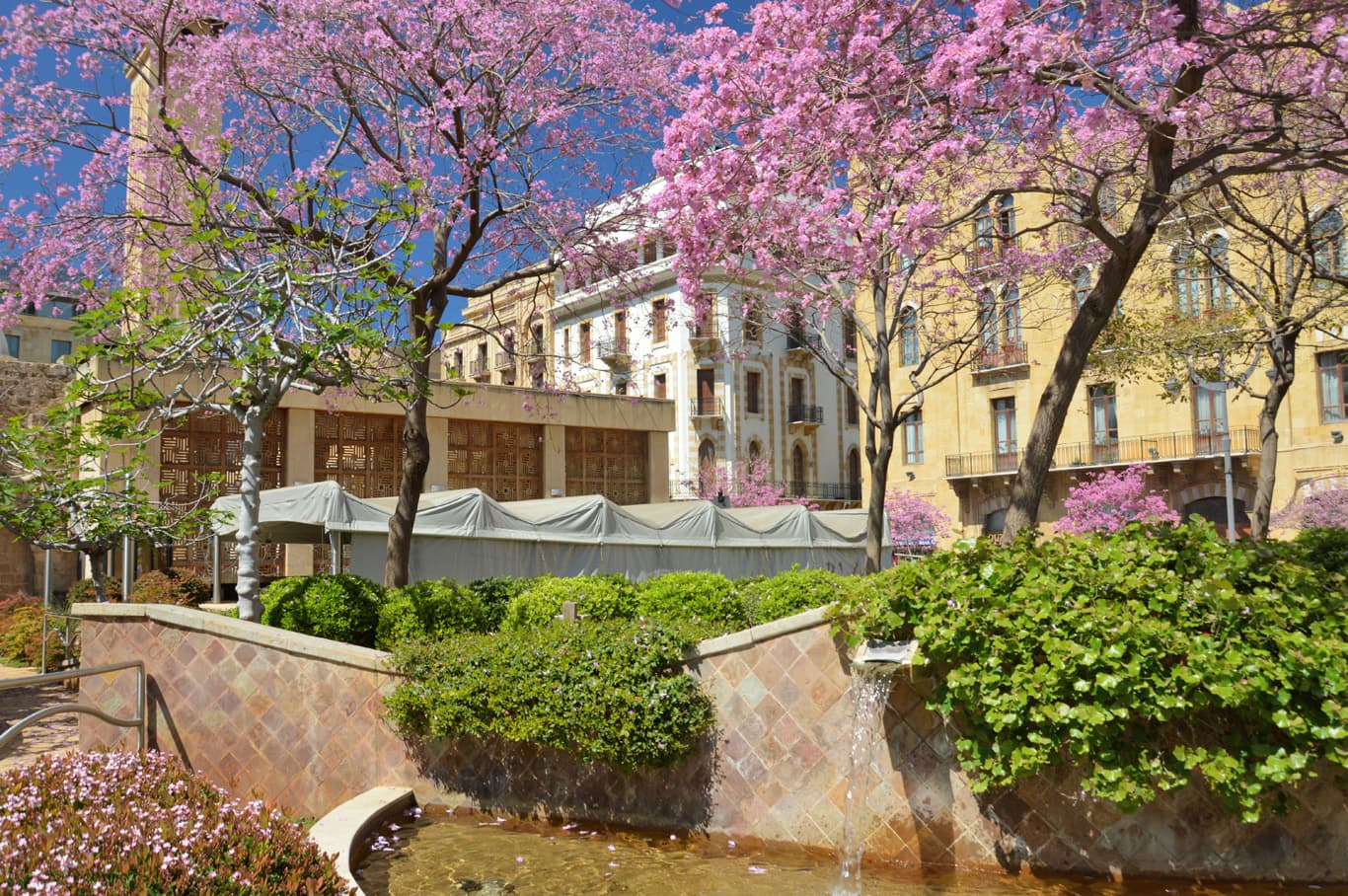

It’s no surprise, given our saturation in the stuff, that as a society we have become desensitised to images of violence. Nonetheless, some things still have the ability to shock. Last week, drone footage of Uighur Muslims in China, lined up and bound for god knows what, sent shockwaves around the world, not due to an unprecedented depiction of state violence, but rather because it reminded so many of haunting imagery from the 20th Century’s darkest days.
Due to advances in photography, the events of the Second World War, the bloodiest conflict in human history, still leave an indelible mark on our collective memory, and its atrocities have become stock images in our mind’s eye. Besides photo evidence of genocide, it also introduced the world to the giant mushroom cloud. This week, almost 75 years to the day since the first atomic bomb was dropped on Hiroshima, another massive explosion entered our nightmares.
These images become straightforward, and therefore, tragically, lose some of their power
The scale of the blast in Beirut obliterated all visual antecedents bar one, but the way it was captured on film, so accidentally, made it in some ways more haunting. Watching newsreel footage from the liberation of Auschwitz, or indeed the bombing of Hiroshima, you can reasonably expect that you are seeing what the person with the camera wanted you to. As such, these images become straightforward, and therefore, tragically, lose some of their power.
Seeing the Beirut explosion happen in the background of a dozen everyday clips (wedding videos, TV interviews, tourist snaps) makes it feel more unexpected, more chaotic, and so more real. Given the personal nature of modern-day reportage, it is inevitable that we imagine ourselves in the place of the person witnessing the event—after all, we have the equipment, and, often, the inclination to record. Many of us also have common experience of the place we’re watching on our screen.

Beirut’s harbour in the aftermath of the explosion
Beirut has been in the news a lot recently because of the political turmoil and degenerating economic crisis in Lebanon. On Sunday, I was talking to some friends who were thinking of going and, on Monday, I was looking at photos of the city, trying to remember what it was like to be there. I first visited five years ago and have been back once since. Both times I had a lot of fun, met some great people and ate mountains of delicious food.
However, despite all of this, when I close my eyes, my enduring memories are of its crumbling infrastructure: the blown-out windows, reams of tangled electricity cables and intermittent blackouts. I think the reason Beirut’s brutish architecture stayed with me is because it had been so unexpected.
I thought of its moniker as the ‘Paris of the East’ and so imagined a sun-baked, palm tree-lined Corniche against a backdrop of Ottoman minarets and French colonial buildings
I knew the city was the epicentre of Lebanon’s terrible 15-year civil war and had seen much violence since. But, before I arrived, I thought only of its halcyon moniker as the ‘Paris of the East’ and so imagined a sun-baked, palm tree-lined Corniche against a backdrop of Ottoman minarets and French colonial buildings. When I saw the leaky, bullet-ridden reality, I felt disappointed.
Of course, Beirut’s 21st century appearance isn’t the fault of its people, but rather a result of cronyism and endemic corruption. Its newer architecture looks similar to that I’ve seen on the outskirts of southern Italian cities, whose shoddy, uneven construction means only one thing: mafia. In the face of thousands of tonnes of ammonium nitrate, these kinds of buildings become death traps.

Beirut’s Martyr’s Square in the 1950s
The cruel irony of Lebanon’s mafia government is that its corrupt nature is a direct result of a constitution written to prevent war. In 1989, the ‘National Pact’ political system was updated to make power-sharing between the country’s two majority religious groups (Maronite Christians and Sunni Muslims) more equitable. The problem is, when you have a legislature divided along religious lines and no strong non-sectarian institutions, the result is often the awarding of political patronage based not on skill but nepotism.
When you add to the mix the interests of a third religious group (Shi’a Muslims) backed up by a heavily armed militia (Hezbollah) as well as the triple threat of a neighbouring country’s 8-year-long civil war, economic collapse and a worldwide pandemic, it’s no surprise Lebanon is teetering on the brink.
And yet, despite this tragic admixture, there is hope. Scenes of normal Lebanese people rolling up their sleeves and plugging the gaps left by a faulty administration didn’t surprise me at all. Everywhere I went in Beirut I met generous, intelligent and funny individuals intent on avoiding the label of ‘failed state’ hovering over their nation.

The reason for a people’s purported attributes is an oft-debated subject. Beirut and its citizens reminded me a lot of another city I love, Naples. Whether it’s a result of their ethnic diversity, rich history (of wealth and hardship), great cuisine, or a combination of all these things and others, Beirutis, like Neapolitans, do seem to possess a special brand of joie de vivre.
It’s such a shame that it took this horrible violence for the world to pay attention to the city once again. I hope the Lebanese people now get the leaders they deserve, ones who will lead them out of their current predicament and into happier, more prosperous times. Lord knows they deserve it.




